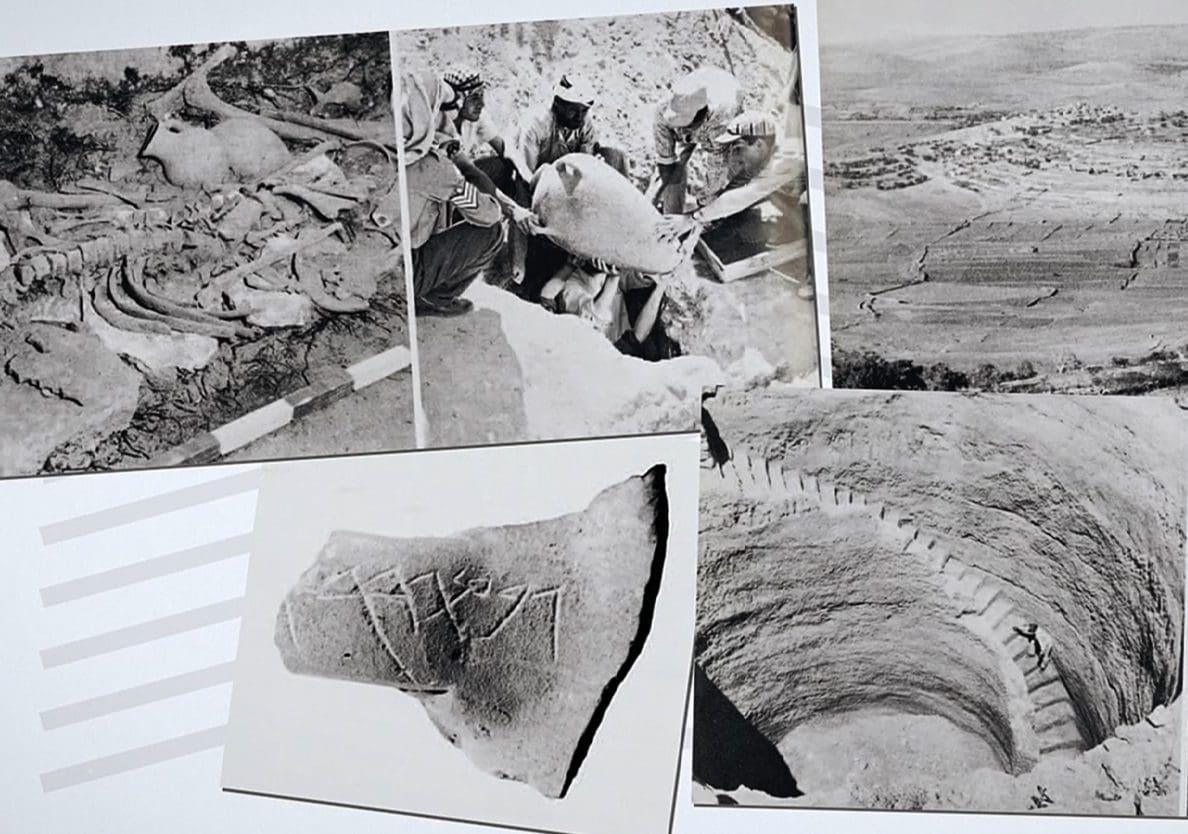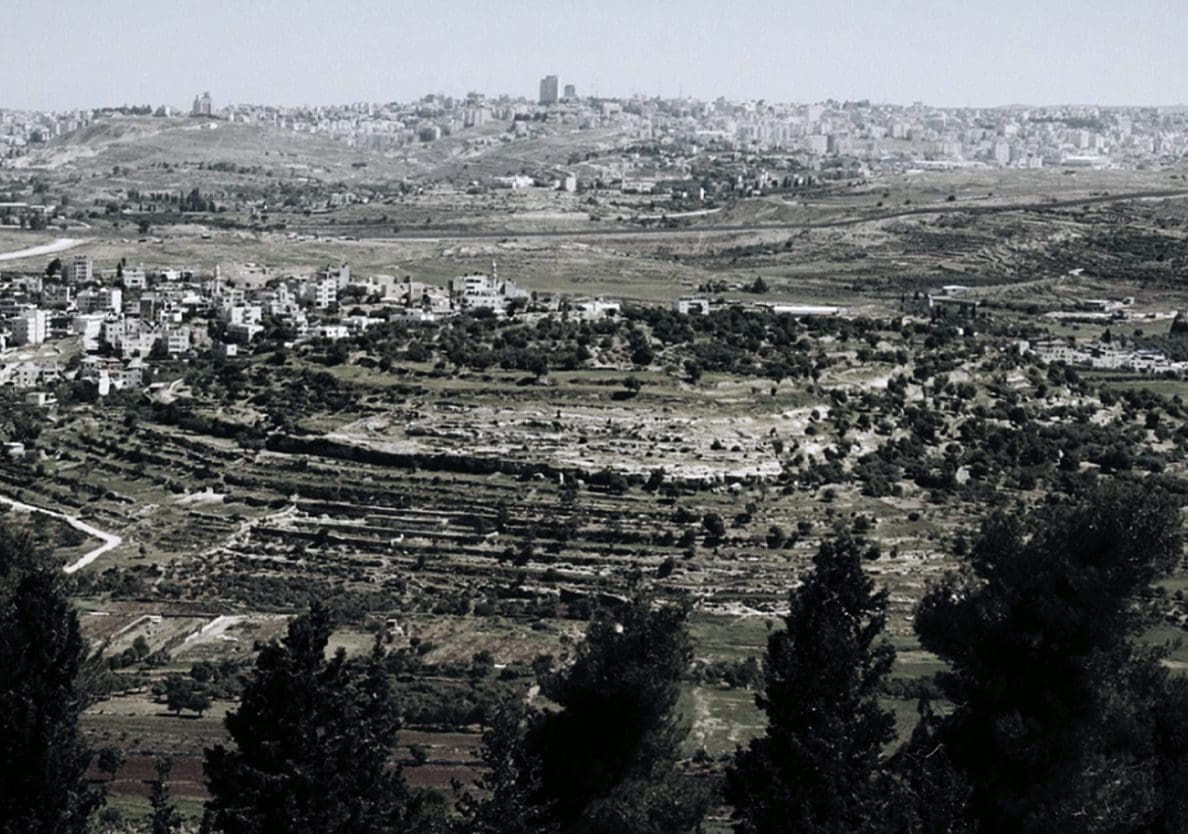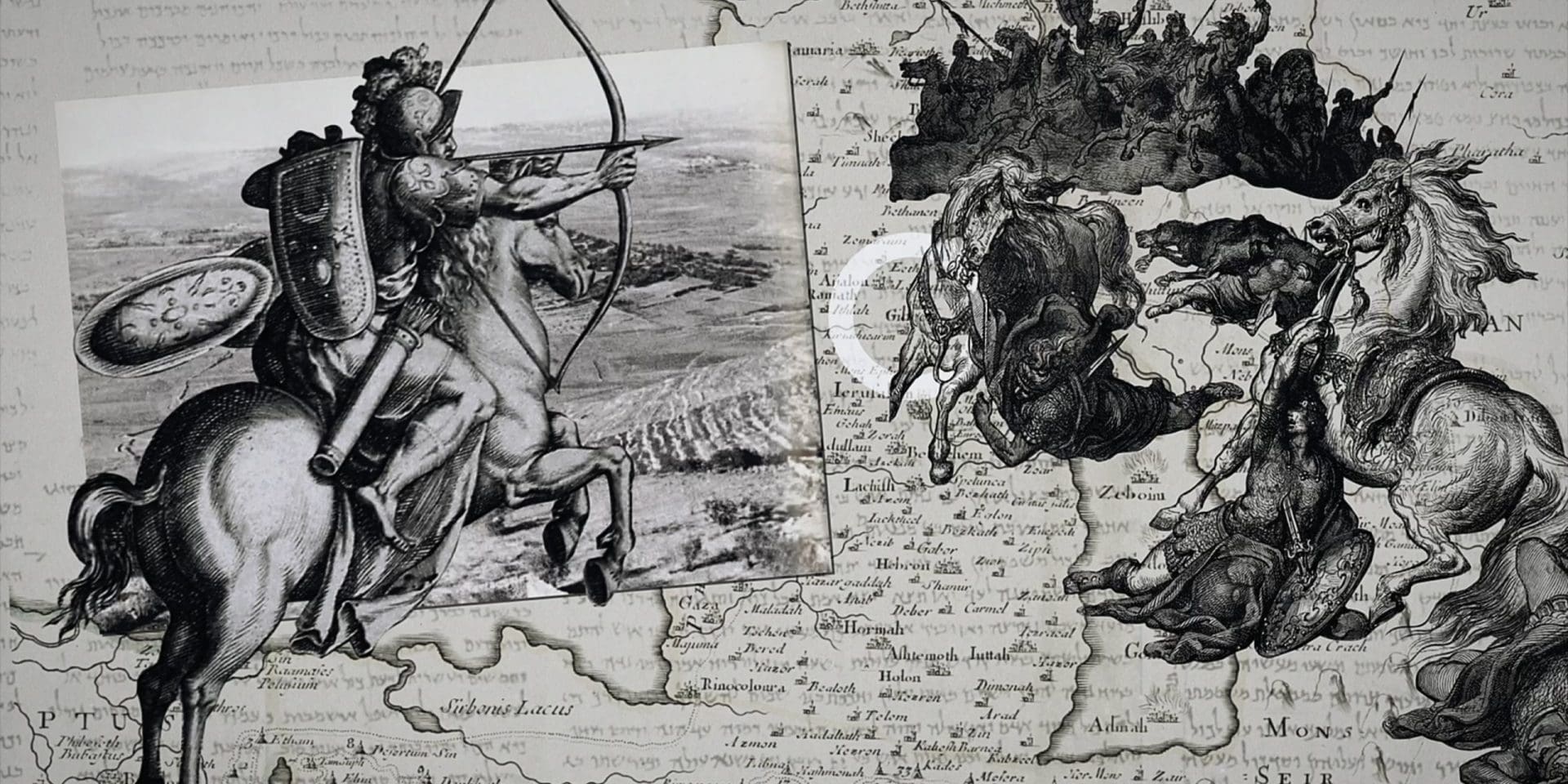The city of Gibeon appears on the pages of the Bible during the conquest of Canaan. In Joshua 9, the city saw the proverbial writing on the wall. Large, fortified cities had fallen to the Israelites and Gibeon knew they would, too. The other cities of Canaan made alliances and fought Israel, but Gibeon took a different tact.
They pretended to be from a distant land and struck a peace treaty with Joshua; the Israelites honoured their word of peace even after the deception was discovered. Joshua 10 is the scene of this treaty’s test: A coalition of Canaanite kings surrounded Gibeon to claim it for themselves, and this became the scene of Joshua’s famous long day when he commanded the sun to stand still. Disagreements abound as to whether this was a miracle of the sun literally standing still, or whether it should be seen as a miracle of a cosmic sign that would’ve struck terror into the hearts of Israel’s enemies. Regardless, Gibeon is at the centre of some very interesting Biblical history. And the Bible notes that its Canaanite occupants lived peaceably among Israel and became woodcutters and watercarriers for the Tabernacle of God (Joshua 9:23, 27).
“A coalition of Canaanite kings surrounded Gibeon…”
Gibeon reappears in the Bible with another reference to water during King David’s reign. A civil war had broken out between David and the house of Saul. Their militaries met at the pool of Gibeon which must have been quite formidable in order to be a place of meeting, and as worthy of Biblical mention. This pool even receives a much later mention in the Bible during the days of Jeremiah (Jeremiah 41:12). David’s army commander Joab again led the military to Gibeon, this time meeting at the great rock at Gibeon, where Joab kills another threat to the throne and to his job (Amasa).
The Bible reveals that the Tabernacle of Moses was kept in Gibeon for some time during the life of David, perhaps it was moved here after the destruction of Shiloh by the Philistines during the life of the Priest Eli and the prophet judge Samuel (1 Samuel 4). It is told that although David brought the Ark to Jerusalem, the Tent Tabernacle and its bronze altar remained set up at the high place at Gibeon (1 Chronicles 21:29; 2 Chronicles 1:2-6). That is why Solomon brought the assembly of Israel to Gibeon and sacrificed 1,000 burnt offerings there (1 Kings 3:4-5). As a result, God spoke to him in a dream, and Solomon received wisdom and the capacity to lead.


In modern times, Gibeon has been identified thanks to excavations that unearthed jar handles stamped with the Hebrew name “Gibeon” (modern site is El-Jib). Also revealed, was a massive rock-cut water installation dating to the time of the judges of Israel and in use until the Babylonian destruction of the 6th century BC (about 1200BC-586BC). It is to this pool that the Bible must be referring to.
While more excavations may reveal a sanctuary site, or the site of the great rock, such things have not yet been found leading some scholars to guess that the sanctuary was actually on a high place just 2 kilometers south of the city proper: still allowing the Gibeonites to be woodcutters and watercarriers for the sanctuary.
Gibeonites shared in the work of the Tabernacle, the exile to Babylon, and even in the rebuilding of Jerusalem when the exiles returned. The book of Nehemiah records 95 Gibeonites returning from the exile and helping to repair Jerusalem’s wall (Nehemiah 3:7; 7:25).

Corie Bobechko is a daily co-host, speaker, and writer of Bible Discovery. She also hosts a YouTube channel that shows how history and archaeology prove the Bible. Her heart for seekers and skeptics has led her to seek truth and share it with others. Corie also has a Bachelor of Theology from Canada Christian College.
• Anchor Yale Bible Dictionary
• The Archaeological Encyclopedia of the Holy Land
• Pritchard, James B. “The Water System at Gibeon.” The Biblical Archaeologist 19, no. 4 (1956): 66-75. Accessed September 1, 2021. doi:10.2307/3209330.
https://www.jstor.org/stable/3209330?read-now=1&refreqid=excelsior%3A73069a82da02ea216f551feae86d98eb&seq=7#page_scan_tab_contents
• Pritchard, James B. “Gibeon expedition records: 1033” (1956-1964)
http://dla.library.upenn.edu/dla/ead/ead.html?id=EAD_upenn_museum_PUMu1033
• Pritchard, James B. “The Bible Reports on Gibeon”. Expedition. Volume 3, Issue 4. Penn Museum. Originally Published in 1961.
• Bryant G. Wood PhD, “Joshua’s ‘Long Day’ and Mesopotamian Celestial Omen Texts”. Conquest of Canaan under Joshua & the Inception of the Period of the Judges 1406-1371 BC. Published on 29 August 2005.
https://biblearchaeology.org/research/chronological-categories/conquest-of-canaan/3494-joshuas-long-day-and-mesopotamian-celestial-omen-texts?highlight=WyJnaWJlb24iLCInZ2liZW9uIl0=






